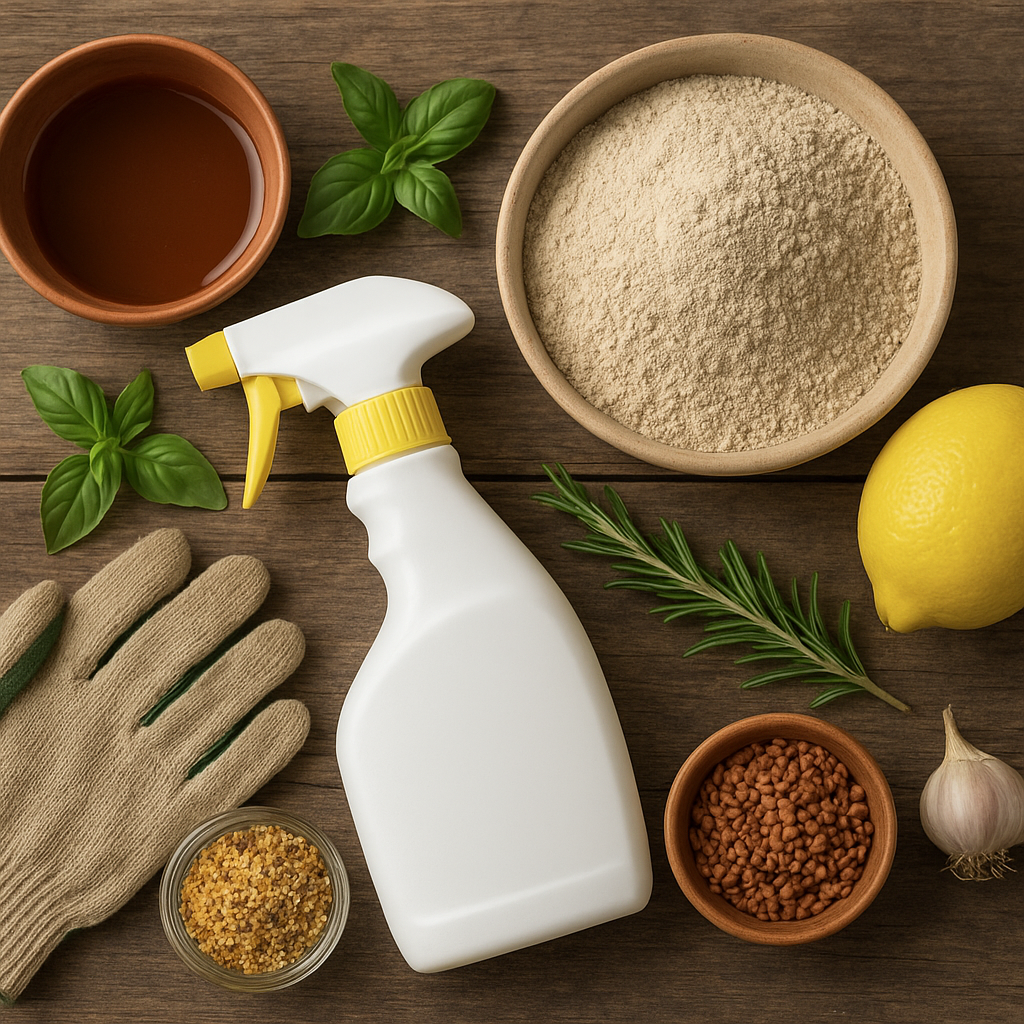
Embracing nature’s wisdom in fields and gardens offers a pathway to healthier crops, cleaner soils, and stronger plant defenses. Farmers and home gardeners increasingly turn toward methods that prioritize ecological balance and long-term productivity. By leveraging natural interactions, practitioners can reduce chemical inputs without sacrificing yield. This exploration examines proven techniques to protect plants while nurturing the environment, highlighting the power of harmony between humans and nature.
Understanding Organic Pest Control
At its core, organic pest control hinges on the concept of working with nature rather than against it. This approach fosters sustainability by minimizing synthetic chemicals that can disrupt soil life, water quality, and overall ecosystem health. Central to this philosophy is the principle of integrated pest management, which combines multiple tactics—monitoring, prevention, and targeted interventions—to keep pest populations below harmful levels. Rather than reactively spraying broad-spectrum pesticides, growers focus on early detection of pest hotspots, careful record-keeping, and habitat enhancement. By understanding pest life cycles and local environmental conditions, one can predict outbreaks and apply the least invasive solution at the most effective time. This proactive stance preserves beneficial organisms and fosters a balanced agricultural landscape.
Physical and Mechanical Methods
Simple, tangible barriers and tools often provide immediate relief from destructive insects and mammals. These strategies require minimal chemical input and can be easily scaled for both small gardens and large farms.
- Row covers: Fine mesh fabrics draped over seedlings prevent aphids, cabbage worms, and flea beetles from reaching vulnerable foliage while still allowing light and water penetration.
- Sticky traps: Bright yellow or blue boards coated with a non-toxic adhesive capture flying pests such as whiteflies and leafhoppers.
- Handpicking and pruning: For larger, visible pests like caterpillars or hornworms, manual removal can dramatically reduce damage. Pruning infected branches also limits disease spread.
- Mulching and trenching: Placing organic mulch or creating shallow trenches around plant bases deters crawling pests like slugs and snails.
- Netting and fencing: Protective screens and small-gauge fences block birds, rabbits, and deer, safeguarding leafy greens and fruit trees.
Biological Strategies for Pest Management
Leveraging natural predators and microorganisms represents one of the most environmentally friendly tactics. Biological control, or biocontrol, introduces or enhances populations of organisms that prey on or parasitize common pests. Key examples include:
- Beneficial insects: Lady beetles, lacewings, and predatory mites consume vast numbers of aphids, spider mites, and whiteflies. Releasing these allies or providing habitat (e.g., wildflower strips) encourages their residency.
- Entomopathogenic nematodes: Microscopic worms that infiltrate soil-dwelling pests such as grubs and root weevils, releasing bacteria that kill the host without harming other fauna.
- Microbial agents: Bacillus thuringiensis (Bt) and Beauveria bassiana serve as targeted bioinsecticides, infecting specific caterpillars or beetles while leaving beneficial species unharmed.
- Bird and bat boxes: Encouraging avian and chiropteran predators can significantly reduce populations of moths and mosquitoes in agricultural settings.
Combining several biocontrol methods often yields the best results, as diverse predator communities adapt to changing pest dynamics and environmental conditions.
Cultural Tactics and Crop Rotation
Cultural control focuses on the ways crops are grown and maintained to create unfavorable conditions for pests. By optimizing planting schedules, soil management, and spatial arrangement, farmers can prevent infestations before they begin.
- Sowing at non-peak pest periods: Timing plantings to avoid egg-laying seasons of major pests can reduce initial outbreaks.
- Intercropping and multicultural planting: Mixing plant species in the same area confuses pests and interrupts their ability to locate preferred hosts. For instance, alternating rows of tomatoes with basil can deter hornworms.
- Clean cultivation: Regularly removing crop residues and volunteer weeds denies pests places to overwinter or reproduce.
- Adjusting row spacing: Proper spacing increases airflow, reducing humidity and making conditions less favorable for fungal diseases.
- Implementing crop rotation: Rotating plant families from year to year breaks pest life cycles. For example, moving brassicas to a different field after each season prevents buildup of cabbage root maggots and clubroot spores.
Botanical and Homemade Remedies
Harnessing everyday kitchen ingredients and plant-derived substances offers cost-effective and biodegradable alternatives to synthetic options. Many recipes disrupt pest physiology or mask plant odors, making it hard for insects to feed or lay eggs.
- Neem oil solutions: Extracted from the neem tree, this oil interferes with insect hormone systems, hindering development and reproduction. It targets aphids, whiteflies, and mites when applied as a foliar spray.
- Garlic and chili pepper sprays: Blended with water and mild soap, these homemade concoctions repel a variety of chewing and sucking insects.
- Soap-based insecticides: Diluted dish soap sprays break down insect exoskeletons and wash away soft-bodied pests like mealybugs and scale insects.
- Herbal infusions: Strong teas made from tansy, wormwood, or peppermint can deter slugs and beetles when sprayed around plant bases.
- Essential oil blends: Low concentrations of rosemary, thyme, or clove oil mixed with a surfactant can repel mosquitoes and fruit flies without harming pollinators.
Environmental and Economic Benefits
Choosing organic practices generates far-reaching advantages beyond pest suppression. By fostering healthy soils teeming with microorganisms, farmers enhance nutrient cycling and water retention. Robust soil structure reduces erosion and improves drought resilience, safeguarding yields under fluctuating climate conditions. Moreover, fields managed without persistent chemical residues support thriving ecosystem services—pollination, natural pest control, and nutrient mineralization—at no extra cost.
Economically, reduced reliance on proprietary pesticides and specialized equipment lowers input expenses. Many methods capitalize on locally available materials, such as mulch, compost, or plant extracts, creating self-reinforcing cycles of fertility and defense. Over time, producers gain independence, greater market access for certified organic goods, and improved profitability. This shift also resonates with consumer demand for traceable, eco-friendly foods, further solidifying the value of an sustainable approach.
Ultimately, implementing a mosaic of strategies enhances farm resilience. When crop losses from one pest are mitigated by another control tactic, overall stability increases. By integrating physical barriers, beneficial insects, cultural rotations, and botanical extracts, growers can maintain vigorous plants, healthier communities, and a more balanced agricultural future—without compromising productivity or environmental integrity.

